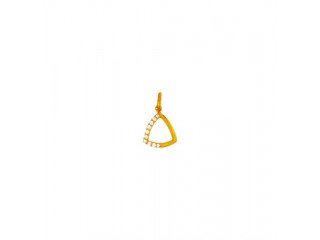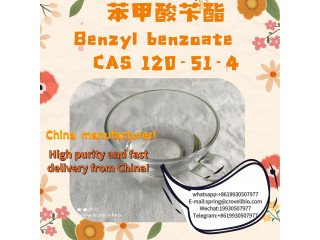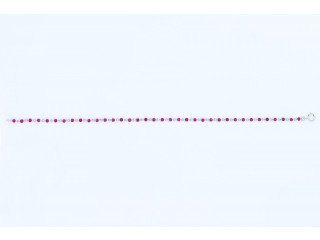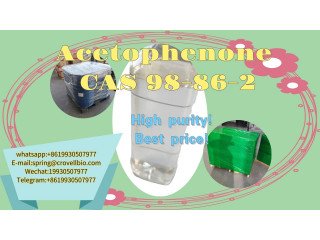Whats the Difference Between Bearings?
Nov 17th, 2021 at 08:08 Fashion Nuwara Eliya 251 viewsBearings are used to help reduce friction. Metal-upon-metal contact produces large amounts of friction. The friction adds to wear and tear of the metal, producing grinding that slowly degrades the metal. High Temperature Bearing reduces friction by having the two surfaces roll over each other, reducing the amount of friction produced. They consist of a smooth metal ball or roller that rolls against a smooth inner and outer metal surface. The rollers or balls take the load, allowing the device to spin.
The load acted upon a bearing is either a radial or thrust load. Depending on the location of the bearing in the mechanism, it can see all of a radial or thrust load or a combination of both. For example, the bearing in the wheel of your car supports a radial and a thrust load. The weight of the car on the bearing produces a radial load while the thrust load is produced as the car turns a corner. Here we will examine some types of common Agricultural Bearings.
Ball Bearings
Ball Bearings are the most common type of bearing and can handle both radial and thrust loads. Ball bearings are also known as deep-groove single-row or Conrad bearings. The inner ring is typically fastened to the rotating shaft and the groove on the outer diameter provides a circular ball raceway. The outer ring is mounted onto the bearing housing. The ball bearings are housed in a race and when the load is applied, it is transmitted from the outer race to the ball and from the ball to the inner race. The raceway grooves have typical curvature radii of 51.5% to 53% of the ball diameter. Smaller curvature raceways can cause high rolling friction due to the tight conformity of the balls and raceways. Higher curvature raceways can shorten fatigue life from increased stress in the smaller ball-race contract area.
Thin Wall Ball Bearing, also known as Conrad bearings, are typically used in small load applications.
The contact points between the ball and the outer race is very small due to the spherical shape of the bearing. This also helps the ball spin very smoothly. Since the contact point is so small, the bearing can become overloaded at a specific point causing the ball bearing to become deformed. This will ruin the bearing. Ball bearings are typically used in applications where the load is relatively small.
Straight Roller Bearings
Straight roller or cylindrical bearings run in cylindrical raceways and have low-friction, high-radial load capacity, and high speed capability. Roller bearings are cylinder-shaped bearings where the point of contact between the bearing and the race is a line rather than a point. Load is distributed over a larger area and allows the bearing to handle a greater load. To minimize its tendency to skew, the roller’s length is not much greater than the diameter of the roller.
Straight or Cylindrical Roller Bearings can be found in applications like conveyor-belt rollers, which are required to hold heavy radial loads.
Their usual design is free to float axially, and they have roller-guiding flanges on both sides of one ring and none on the other side. This allows for the bearing to expand due to thermal activity when used in combination with a ball bearing’s fixed location at the opposite end. A thrust load can be supported in one direction if a guiding flange is added on one of the opposing rings’ side. A second flange can be added for two-directional thrust capacity.













